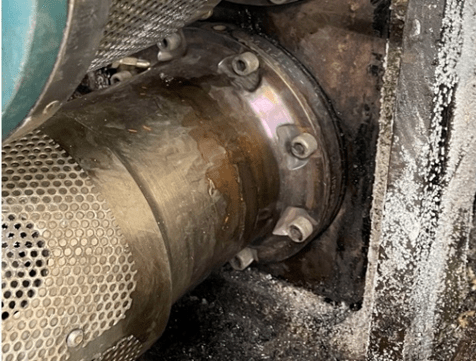The Advantages and Disadvantages of Using a Neoprene Washer
Using A Neoprene Washer: The Pros & Cons
Washers have a specific purpose when used with bolts in a standard application. Plain washers are installed to more evenly distribute load, spreading beyond the underside of the bolt head and past the nut face.
A neoprene washer adds another level to this common purpose, although the design still comes with certain disadvantages.
When To Use A Neoprene Washer
Find the washers you’re looking for here.
A neoprene washer provides advantages in terms of seal and increased protection. This type of plain washer combines a flat metal washer with a ring of neoprene or synthetic polymer. The combination provides a soft surface to prevent wear and create a tighter seal.
Most often neoprene washers are most often used in plumbing applications and industrial fittings where chemicals or oils are present. The synthetic compound is highly resistant to various liquids and reinforces the joint by protecting the metal from corrosion.
But even though neoprene provides advantages in terms of seal and increased protection, the use of any washer may not be the wisest choice. Certain types of fasteners and fastener combinations can provide a tighter, more reliable fit without the help of a washer.
Disadvantages To Using Neoprene Washers
Washers may shift or move during the tightening process. This action affects the torque tension of the joint and can result in an inaccurate fit that will loosen or fail over time. In critical joints, even a small amount of movement can lead to disaster.
The use of impact tools delivers quick assembly, but it will also create a wide range of preload in any given fastener. When different operators are assembling identical fasteners, this range can result in varying levels of preload and possibly uneven reliability. Add in the potential movement of washers and this application could be in trouble.
In cases such as this, flanged bolts deliver better accuracy, even when different operators are using impact tools. The flange design works to distribute loads without the need for a washer. Applications where a tight seal is required will be better served with a neoprene washer, but the assembly process needs to be closely monitored to reduce the variables and better account for washer movement.



![[Infographic] How to Identify the Best Rivet Guns for Your Application](https://twrench.top/wp-content/uploads/2024/01/20240109073802-659cf7da02a56-768x3091.jpg)

